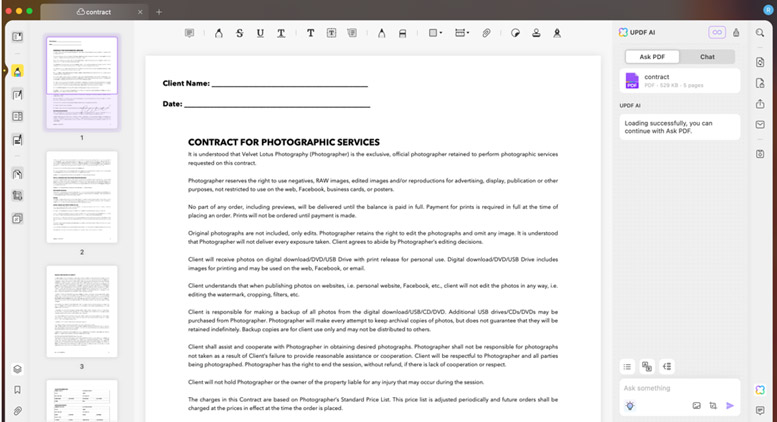Sun to standardize Web services in J2EE 1.4
Next version supports WS-I’s Basic Profile spec
Sun Microsystems will incorporate an important specification with the next version of its enterprise Java platform that is designed to ensure interoperability among Web services applications.
Version 1.4 of Sun’s Java 2 Enterprise Edition (J2EE), which is due for release mid-year, will incorporate the Basic Profile specification developed by the Web Services Interoperability Organization. The WS-I is a multi-vendor group founded by IBM, BEA Systems, Microsoft and others to help define standards for the emerging Web services model.
The Basic Profile defines a standard method for employing a handful of technologies that have become central to Web services. They include XML (Extensible Markup Language) and SOAP (Simple Object Access Protocol) for messaging, WSDL (Web Services Description Language) for describing services, and UDDI (Universal Description, Discovery and Integration) for looking them up on a network.
Some developers have used those technologies already, but without the programming and data models laid out in the Basic Profile they have had no assurance that their applications will interoperate with those of other developers. Adding the Basic Profile to the next version of J2EE is intended to provide that assurance, said Ralph Galantine, a group marketing manager at Sun.
Java licensees including Sun, Oracle, IBM and BEA are expected to release certified J2EE 1.4 products soon after the standard is finalized.
As a member of the WS-I, Microsoft is also expected to back the Basic Profile, in a rare example of cooperation between Microsoft and its rivals in the Java camp. A Microsoft spokeswoman noted that the specification has yet to be finalized, but said Microsoft will support it in software products when it’s completed. A draft of the WS-I Basic Profile was released in October, and at that time the group was shooting for completion early this year.
Microsoft has “a duty to its customers” to support the profile, according to Ted Schadler, principal software analyst at Forrester Research, in Cambridge, Mass. In theory, support from Microsoft should ensure that Web services created using its .Net platform will interoperate with Web services created using Java.
The Web services model provides a way for linking different types of business applications together, either within an organization or, it’s hoped, among partners, suppliers and customers for streamlining commerce. More ambitiously, proponents say, Web services can be used to “expose” business programs, such as a retirement plan application, as services that can be used by other companies.
After a year of steady hype, however, the model has taken off only gradually and in a limited way, analysts have said. Concerns have been raised about security, a lack of clearly defined standards and the sheer complexity of the development work involved. Adding the WS-I Basic Profile is intended to go some way towards meeting some of those concerns.
“It’s hard to implement this stuff and so having a standards process for certifying products — in this case for J2EE — is a big deal,” Forrester’s Schadler said.
J2EE Version 1.4 is itself somewhat behind schedule. It was originally due in the second half of 2002, according to information on the Web site of the Java Community Process, which steers development of new Java standards. The work needed to incorporate the Basic Profile is partly the reason that the specification won’t be ready until mid-year, Galantine said.
Progress wasn’t helped by a spat last year between Sun and the WS-I. When the organization was formed in February 2002 Sun wasn’t among its members. It agreed to join as a contributing member only in October last year, after the WS-I said it would eventually expand its board by two seats.
In the meantime, Sun’s plans for incorporating Web services in J2EE diverged somewhat from the work being done at the WS-I. If the two sides hadn’t reached accord there was no guarantee that the next release of J2EE would have been compatible with products for creating Web services being developed by the WS-I’s member companies, Sun’s Galantine said.
“We had gone through and interpreted things in a particular way for 1.4, and it turned out that the WS-I had interpreted things in a different way, so there wasn’t a guarantee of interoperability until we decided to support the WS-I Basic Profile,” he said.
“If we hadn’t joined (the WS-I) I don’t think this would have been possible,” he added.
Forrester’s Schadler said Sun is to be commended for adopting the Basic Profile in spite of its past differences with the WS-I.
“A lot of it was a lack of comfort that [Sun] wasn’t a player at the table. They kind of let this whole Web services thing get away from them. IBM and Microsoft were kind of way out ahead of them in Web services leadership, and the WS-I was a chance for Sun to sign up or not. And it signed up. It took it on the chin and said, ‘this is way too important for our customers that we aren’t involved.’”
The next step will likely be to issue a new draft of the J2EE 1.4 specification that includes the WS-I basic Profile, Sun’s Galantine said.
“I don’t have a date for that yet, but because we’re doing [J2EE 1.4] in the summer it would need to be in the next few months,” he said.




